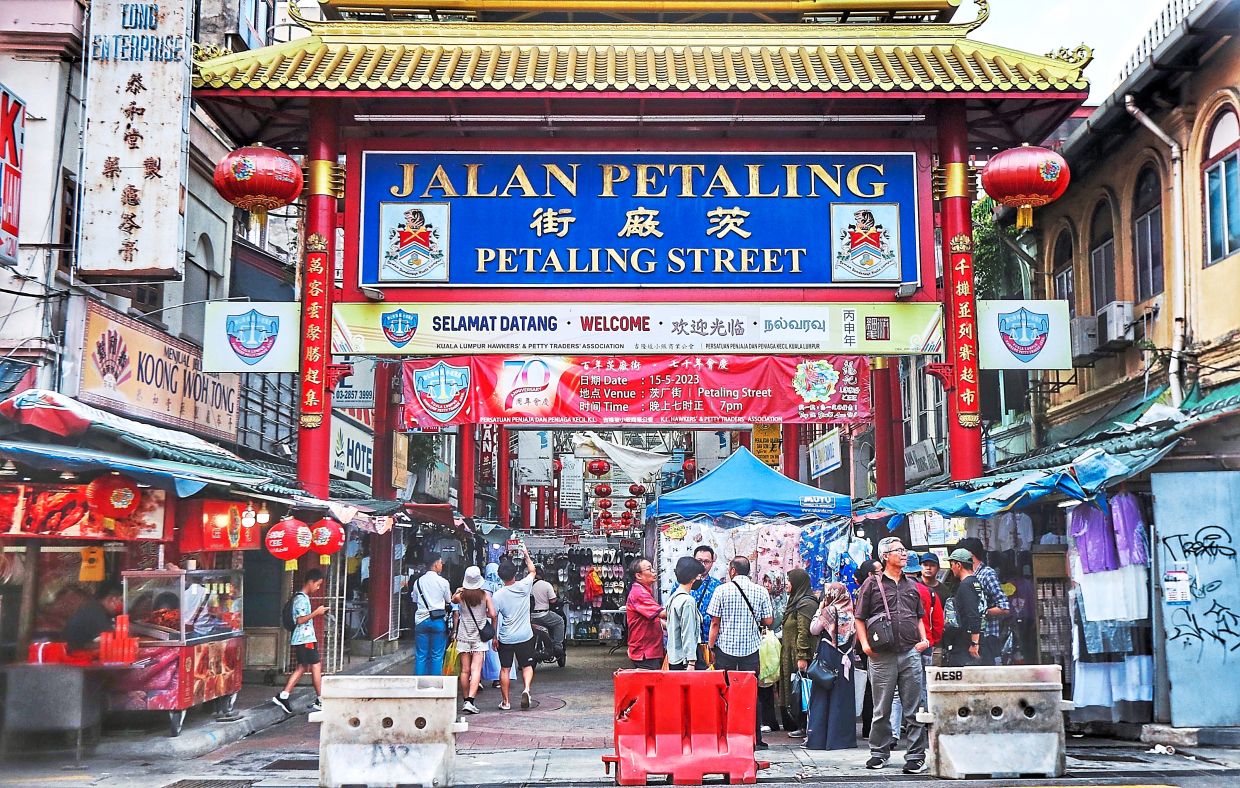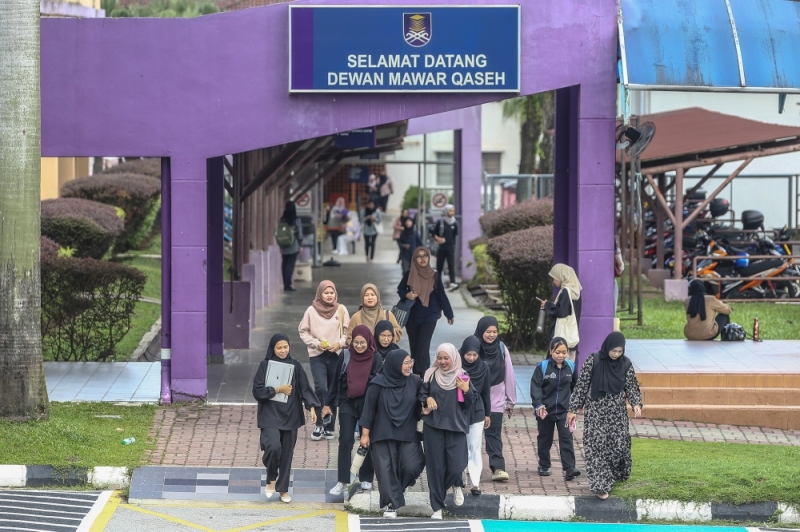IN 2001, Petaling Street in Kuala Lumpur underwent a major facelift with two Chinese-style arches built at the beginning and towards the end of the road. Blue polycarbonate roofing was installed along the street to provide shelter from the sun and rain.
After more than 20 years, the elements have taken a toll on the roofs and awnings with water leaking down during heavy downpours. Also, certain stretches of the street are prone to flooding and often cause havoc to traders and visitors.
Mercifully, Kuala Lumpur City Hall (DBKL) will soon give Petaling Street another major facelift with plans to add another 100 new stall lots in front of existing ones.
But this was strongly objected to by more than 600 traders, pointing out that there are already 773 stalls in Petaling Street.
In any case, I wish to offer my two cents to make visiting KL Chinatown a more unique and rewarding experience than what most visitors have undergone.
Many merely walk from the entrance at the junction of Jalan Tun Tan Cheng Lock and exit at the other at Jalan Sultan.
What they see are mostly stalls operated by foreigners selling fake goods, which are easily found in many street markets around the world. While foreigners do not get a feel of Chinatown, Petaling Street looks more like Banglatown to locals.
For too long, Petaling Street has been wrongly equated to Chinatown, just like many referring to the Petronas Twin Towers as KLCC (Kuala Lumpur City Centre), which encompasses the entire area.
Likewise, Chinatown is not limited to Petaling Street and should include the big rectangular area bordered by Jalan Tun Tan Cheng Lock, Jalan Hang Kasturi and Jalan Sultan. Inside this area are Jalan Tun H.S. Lee, Lorong Bandar, Jalan Hang Lekir and many interesting lanes.

Just outside this zone on Petaling Street leading to Bulatan Merdeka is Chan She Shu Yuen Clan Ancestral Hall, looking much like an old temple, and there are many popular hipster cafes dotted along Jalan Balai Polis and Lorong Panggung, including Kwai Chai Hong or Ghost Lane.
Hence, Chinatown should not be defined by makeshift stalls on or beside the road along Petaling Street. Not only it should include attractions in the surrounding area, but greater focus should be placed on traditional businesses operating from shophouses.
Sadly, most visitors could not see or realise there are shops behind the roadside stalls, and they are the true representatives of Chinatown, catering to the demands of local customers for many decades by offering authentic products, instead of counterfeit goods to tourists.
Therefore, all five-foot ways must be cleared and convenient to use. Illegal partitions erected in between shops are to be removed so that pedestrians are not forced to walk on the roadside, which may expose them to the sun or rain, traffic accidents or snatch thefts.
Large street maps showing the whole of Chinatown described earlier should be on display at many vantage points indicating to visitors where they are and what is available would ensure visitors and businesses get the best possible experiences and sales opportunities.
Since 2018, the Kuala Lumpur Hawkers and Petty Traders Association have been requesting an upgrade of Petaling Street facilities. I am not privy to its engagements with DBKL, but I do hope my concerns are included to make KL Chinatown a unique and memorable experience. – Feb 12, 2024
YS Chan is the master trainer for Mesra Malaysia and Travel and Tour Enhancement Course. He is an Asean Tourism Master Trainer and also a tourism and transport business consultant.
The views expressed are solely of the author and do not necessarily reflect those of Focus Malaysia.
Main pic credit: The Star










